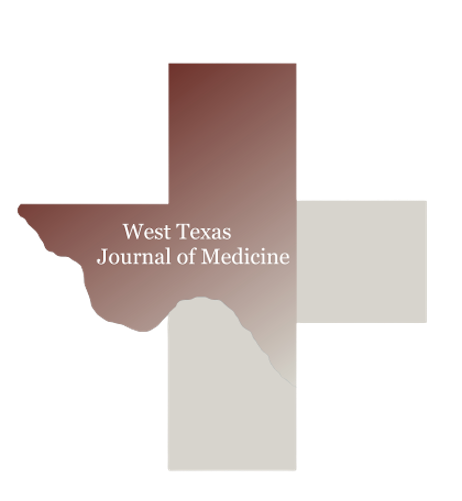
Submissions
Submission Preparation Checklist
As part of the submission process, authors are required to check off their submission's compliance with all of the following items, and submissions may be returned to authors that do not adhere to these guidelines.-
A cover letter is included and uploaded as a separate document.
- Separate files for each manuscript feature, such as the title page, article text, tables, and figures, are uploaded.
- All images uploaded must be high resolution (at least 300 dots per inch).
- Uploaded tables must be editable, include captions, and be uploaded in .xlsx or .csv format.
- All uploaded items except for the cover letter and title page must be deidentified.
- The submission has not been previously published, nor is it before another journal for consideration (or an explanation has been provided in Comments to the Editor).
- The submission file is in OpenOffice, Microsoft Word, or RTF document file format.
- All references are in American Medical Association format. See here: http://www.amamanualofstyle.com/
- The text is single-spaced; uses a 12-point font; employs italics, rather than underlining (except with URL addresses);
- The text adheres to the stylistic and bibliographic requirements outlined in the Author Guidelines.
- Uploaded two completed peer reviews (PDF format)
Allied Health Section
This section includes the disciplines of nutrition, physical therapy, occupational therapy, respiratory therapy, and athletic training.
Copyright Notice
COPYRIGHT NOTICE
Authors are responsible for obtaining permission to use previously published material. WTJOM uses an Exclusive License to Publish agreement that requires just one author (the Corresponding Author) to sign on behalf of all authors. Please identify the Corresponding Author for your work when submitting your manuscript.
CONFLICTS OF INTEREST
Please note that WTJOM does not consider for publication within the journal any articles with industry or medical education company involvement or sponsorship. Authors may have relationships to industry (which must be disclosed), but the manuscript itself must be independent of those relationships: written by the author without industry or medical education company planning, oversight, editing, review, financial support, or approval. Manuscripts with industry involvement may be considered for publication as a separately bound and sponsored supplement.
Authors must state all possible conflicts of interest on the title page of the manuscript, including financial, consultant, institutional and other relationships that might lead to bias or a conflict of interest. If there is no conflict of interest, this should also be explicitly stated as none declared. All sources of funding should be acknowledged in the manuscript. All relevant conflicts of interest and sources of funding should be included on the title page of the manuscript with the heading “Conflicts of Interest and Source of Funding.”
For example:
Conflicts of Interest and Source of Funding: A has received honoraria from Company Z. B is receiving a grant (#12345) from Organization Y, and is on the speaker’s bureau for Organization X – the CME organizers for Company A. For the remaining authors none were declared.




